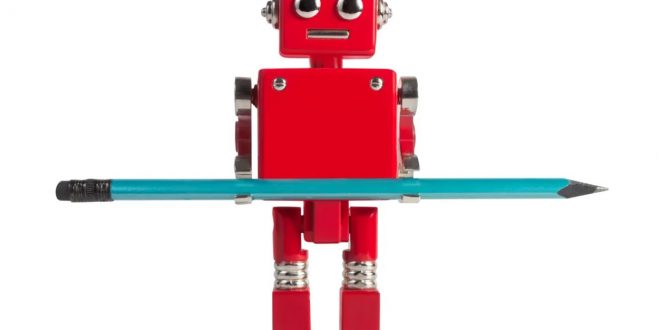A team of four teens in Hong Kong has developed the tiniest humanoid robot to date. The diminutive device is 11.3 millimeters (0.44 inches) shorter than the previous world record holder, which Pakistani inventor Zain Ahmad Qureshi set in 2022, at 14.1 centimeters (5.55 inches) tall.
Aaron Ho Yat Fung, Isaac Zachary To, Justin Wang Tou Duong, and Ngo Hei Leung are students at Hong Kong’s Diocesan Boys’ School (DBS), and Guinness World Records (GWR) has verified their creation and manufacture of the miniature robot. To meet the record’s criteria, the robot needed to walk bipedally and have the ability to move its shoulders, elbows, hips, and knees.
The lads created the little device by utilizing software from the school’s robotics lab to design it, and then they manufactured the acrylic body panels and 3D-printed components. A factory was then commissioned to manufacture a quantity of servo motors, which facilitate the movement of the robot’s arms and legs.
Team members informed GWR that the device is capable of walking, playing soccer, dancing, and doing kung fu. The students’ primary motive for making the robot was to produce an affordable educational tool for use in STEAM (science, technology, engineering, arts, and mathematics) education, in addition to the recognition of being in the record books.
Designing the gadget to be as tiny as possible helps cut mass production costs, making the robot more inexpensive and accessible for impoverished homes. Team member Isaac said that they want to make the design and programming code available to the public to support their goals of advancing STEAM education.
A 7.4-volt lithium-ion battery that is onboard powers the robot, which is also remotely controllable via an app or buttons on a panel on the humanoid’s back. The DBS Robotics Team has been highly acclaimed for their innovative innovation, adding to the increasing number of young individuals making headlines for their scientific achievements in recent weeks.
In Canada, an eighth-grade kid has garnered several praises for replicating a “death ray” invented by the ancient Greek innovator Archimedes over 2,000 years ago. Meanwhile, in Australia, an eight-year-old girl is presently writing a scholarly thesis about magpies and their habit of swooping on bald-headed guys.
 Tech Gadget Central Latest Tech News and Reviews
Tech Gadget Central Latest Tech News and Reviews




